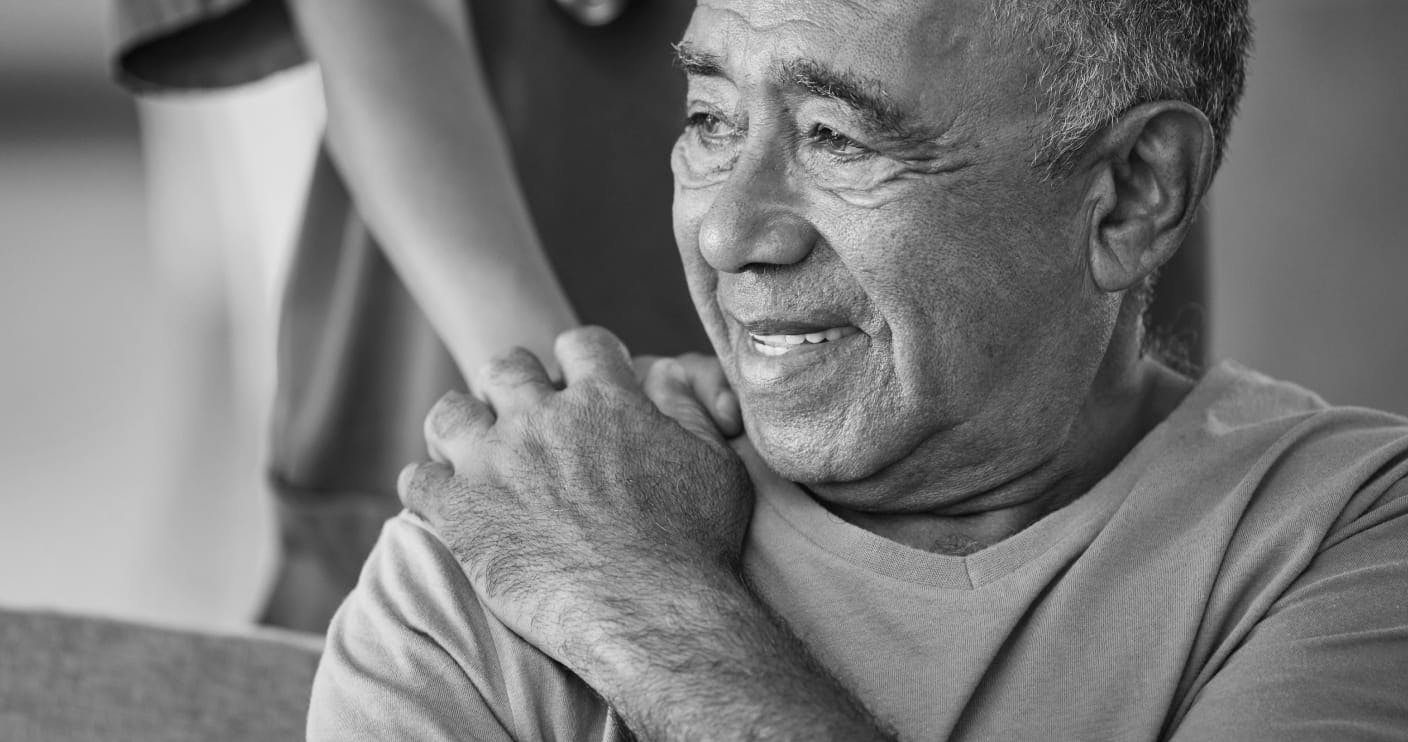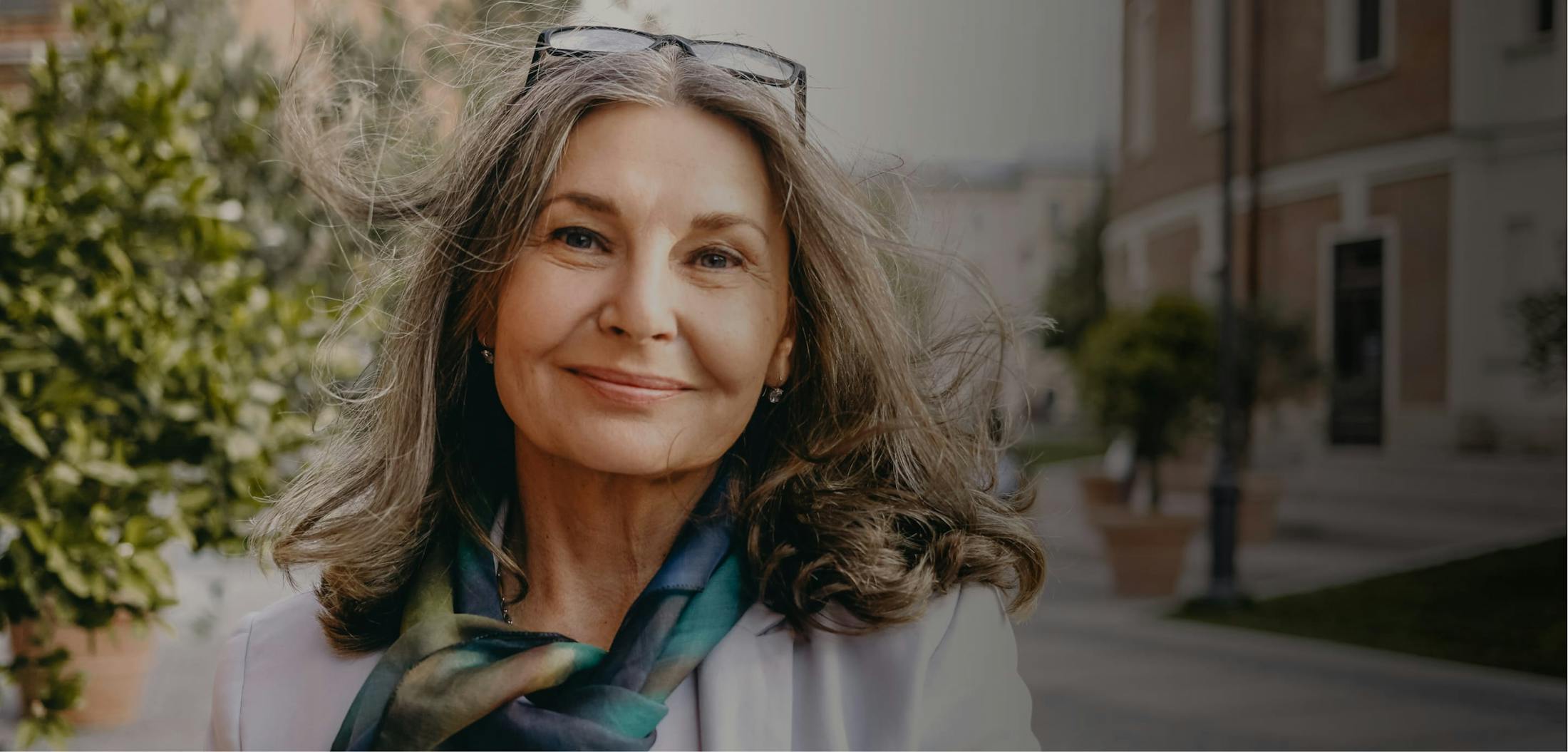
Start Living
Freedom from chronic conditions allows you to start living your life to the fullest, and it’s within your reach. Click below to book an appointment or to find one of our convenient locations and begin your journey today!

For all pre- and post-care instructions, we have made them available online, so you know what to expect when you visit our office and any actions you need to take to prepare for your treatment.

"Everyone is very knowledgeable and truly cares about your health. They help you to improve your life. Very thankful!"


Freedom from chronic conditions allows you to start living your life to the fullest, and it’s within your reach. Click below to book an appointment or to find one of our convenient locations and begin your journey today!
